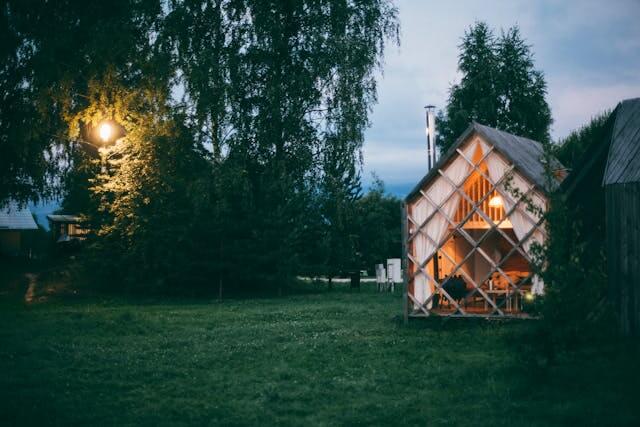Understanding Tiny House Zoning
Tiny house zoning is one of the most important—and most confusing—aspects of tiny living. While tiny houses are legal throughout the United States, where and how you can legally place one depends on a complex web of federal building codes, state laws, county regulations, and municipal zoning ordinances.
This guide breaks down tiny house regulations into clear categories: foundation-built tiny homes, tiny houses on wheels (THOWs), accessory dwelling units (ADUs), and minimum dwelling size requirements. Understanding these distinctions is crucial for legal compliance and avoiding costly mistakes when working with builders or purchasing property.
Each state approaches tiny house regulation differently. Some have adopted progressive policies that explicitly welcome tiny homes, while others maintain restrictive minimum dwelling size requirements. Even within states, regulations vary significantly by county and city, making local research essential before you build or buy. Consider exploring tiny house communities where zoning is pre-approved and utilities are already in place.
Zoning laws determine where you can place your tiny house and what type you can build. After reading the rules, browse tiny houses for sale in your target state or connect with local builders who know how to work within your area's regulations. Many people also choose tiny house communities where zoning is already approved.
